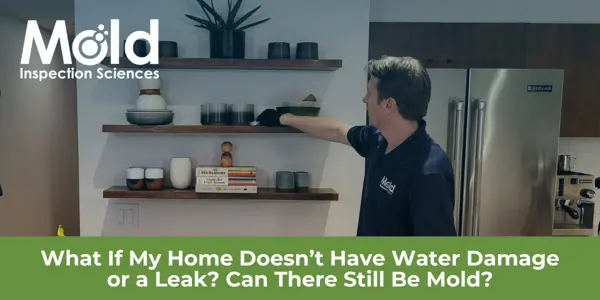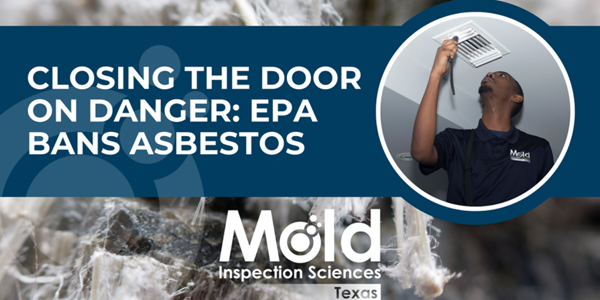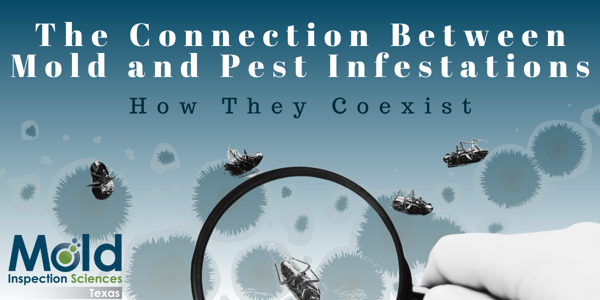How Mold Affects Your Home's Structural Integrity
Understanding how mold affects your home’s structural integrity is essential for protecting your investment and ensuring your safety.
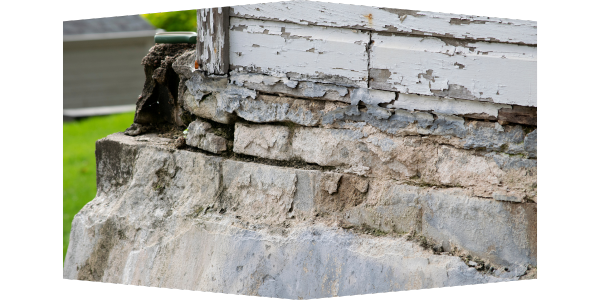
When most homeowners think about mold, they focus on the health risks: respiratory problems, allergic reactions, and indoor air quality concerns. While these are valid worries, there's another serious consequence that often goes unnoticed until it's too late— structural damage. Mold doesn't just affect your health; it eats away at your home's foundation, support beams, and essential building materials, turning what should be a safe haven into an unsafe, potentially uninhabitable structure.
At Mold Inspection Sciences Texas, our licensed inspectors have investigated thousands of properties where mold has caused significant structural compromise. We've seen homes where seemingly minor moisture problems led to major structural repairs costing tens of thousands of dollars. The concerning reality? Most homeowners don't realize the extent of structural damage until visible signs appear—and by then, the problem has often progressed far beyond simple remediation.
This guide explores the science behind mold-related structural damage, identifies early warning signs, and explains why expert assessment becomes critical when structural stability is at risk.
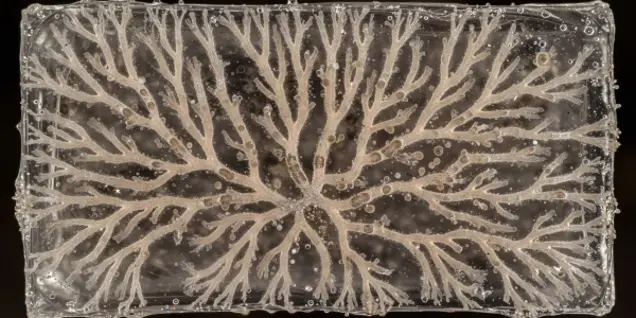
The Science Behind Structural Mold Damage
How Mold Destroys Building Materials
Mold doesn't just grow on surfaces; it actively consumes the materials it colonizes. Fungal organisms secrete powerful enzymes that break down cellulose, the primary component of wood, drywall, insulation, and paper-based building materials. This process, known as biodeterioration, literally digests structural components from within.
As mold colonies expand, they create extensive networks of thread-like structures called hyphae that penetrate deep into building materials. These microscopic ‘roots’ don't just extract nutrients—they also produce acids and other compounds that further weaken the material's molecular structure. Over time, this biological assault transforms strong, load-bearing components into compromised, unstable elements that can no longer support their intended weight.
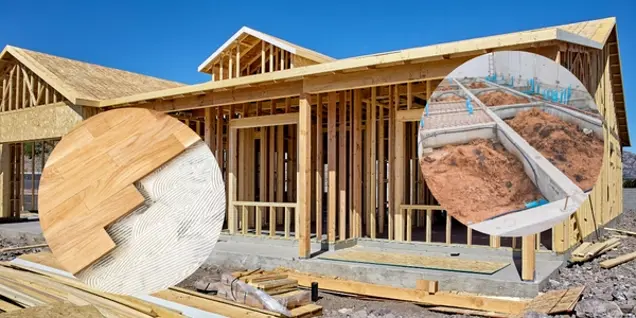
The Most Vulnerable Structural Components
Wood Framing and Support Systems: Wooden floor joists, ceiling beams, wall studs, and roof trusses are particularly susceptible to mold damage. When moisture levels in wood exceed 20%, conditions become ideal for fungal growth. Species such as Serpula lacrymans (often called "dry rot") can cause extensive damage to structural timber, creating soft, crumbly wood that loses its load-bearing capacity.
Subflooring and Sheathing: Plywood and oriented strand board (OSB) subflooring contain adhesives and wood fibers that provide abundant food sources for mold. When these materials become saturated with moisture, mold can cause delamination—or the separation of layers—leading to sagging floors and structural instability.
Foundation Elements: Concrete and masonry may seem immune to mold, but organic materials trapped within, including wood embedded in foundation walls or organic compounds in concrete mixtures, can support fungal growth that compromises structural integrity over time.
Recognizing Structural Mold Damage: From Hidden Growth to Visible Compromise
The challenge with structural mold damage is that it often progresses through distinct stages, beginning with hidden growth that homeowners can't see, then advancing to subtle changes in how the home functions, and finally manifesting as obvious structural problems.
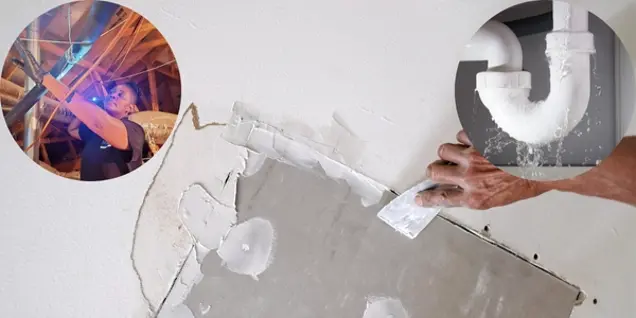
Stage 1: Hidden Structural Attack
The most concerning phase occurs completely out of sight, where mold silently compromises building materials before any surface symptoms appear:
- Behind Wall Cavities: Moisture entering through leaks, condensation, or vapor infiltration allows mold to colonize wooden framing, insulation, and sheathing materials. This hidden growth can compromise wall stability while remaining completely invisible.
- Beneath Flooring Systems: Plumbing leaks, ground moisture, or HVAC condensation create conditions for mold growth in subflooring and floor joists. The structural framework weakens long before homeowners notice any surface problems.
- Within Roof Assemblies: Minor roof leaks can lead to mold attacking roof trusses, sheathing, and structural decking. The entire roof system can become compromised while the damage remains hidden in attic spaces.
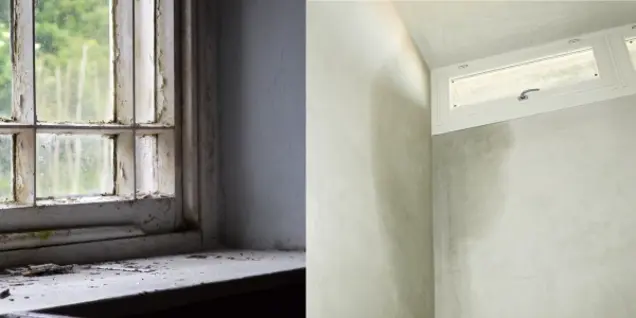
Stage 2: Functional Changes That Signal Problems
As structural components weaken, your home begins to behave differently:
- Operational Issues: Doors that stick or won't latch properly, windows that have become difficult to open or close, and floors that creak more than usual can all indicate structural shifting due to compromised support members.
- Persistent Moisture Problems: Areas that remain damp despite efforts to dry them or humidity problems that persist after addressing obvious sources may indicate moisture is being held within compromised structural materials.
- Unexplained Odors: Persistent musty smells coming from basements, crawl spaces, or wall cavities often indicate hidden mold growth affecting structural components behind surfaces you can't see.
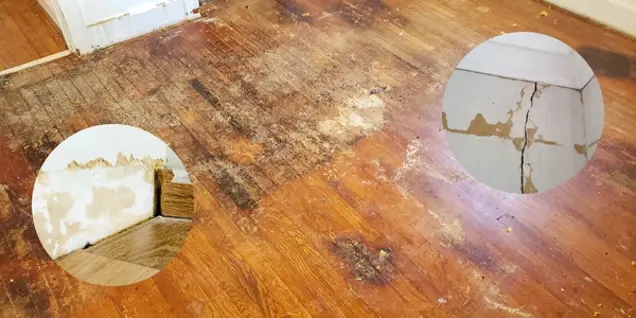
Stage 3: Visible Structural Compromise
By this advanced stage, structural damage has progressed to the point where physical changes become apparent:
- Floor Problems: Soft spots, bouncing, or sagging in flooring indicate the underlying floor joists have been significantly weakened. Areas that once felt solid may now give under foot pressure.
- Wall Deformation: Walls that bow, lean, or develop cracks signal that wall studs have been compromised. You might notice gaps appearing between walls and ceilings or doors and windows that suddenly don’t close properly due to shifted framing.
- Structural Cracking: While not all cracks indicate mold damage, new or expanding cracks—especially those accompanied by musty odors or visible growth—may signal that a fungal attack is compromising the structural integrity of the building.
When Minor Problems Become Major Expenses
The financial impact of structural mold damage increases exponentially with time. A minor moisture issue that can be resolved with simple repairs can evolve into a situation requiring extensive structural reconstruction if mold compromises load-bearing elements.
Early Intervention Costs: Addressing moisture problems before significant mold growth occurs typically involves relatively minor repairs, such as fixing leaks, improving ventilation, or addressing drainage issues.
Moderate Damage Scenarios: When mold has begun affecting structural components but hasn’t caused severe compromise, remediation may involve removing and replacing damaged materials while the structure remains stable.
Severe Structural Compromise: Once mold has significantly weakened load-bearing elements, repairs may require temporary support systems, extensive reconstruction, and, in extreme cases, complete rebuilding of the affected areas.
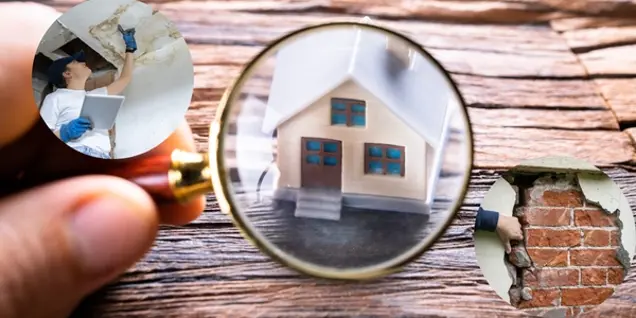
Impact on Property Value and Insurability
Homes with documented structural mold damage face significant challenges in the real estate market. Even after remediation, the history of structural compromise can affect:
- Property appraisals and marketability
- Mortgage qualification and lending approval
- Insurance coverage availability and cost
- Required disclosure obligations during sale
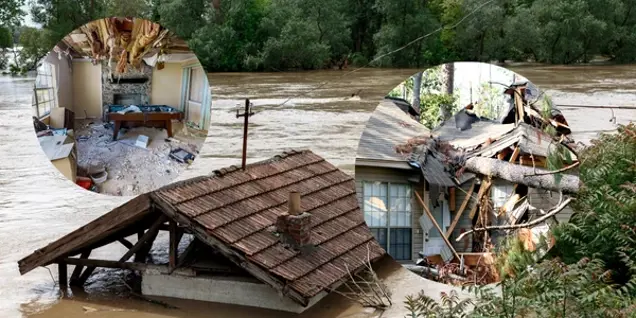
High-Risk Scenarios Requiring Immediate Expert Evaluation
Any Structural Changes: If you notice new cracks, sagging, or shifting in your home's structure, especially when accompanied by musty odors or moisture problems, a professional assessment becomes critical.
Significant Water Events: Flooding, major leaks, or any situation where structural materials have been saturated requires expert evaluation to determine whether mold has compromised building integrity.
Pre-Purchase Inspection: For older homes or properties with known moisture history, structural mold assessment should be part of your due diligence process to avoid inheriting dangerous and expensive problems.
What Professional Structural Mold Assessment Includes
Comprehensive Visual Inspection: Trained inspectors thoroughly examine all accessible structural areas, looking for signs of mold growth, moisture damage, and structural compromise that may be overlooked by untrained eyes.

Advanced Moisture Detection: Utilizing infrared technology and moisture meters, professionals can pinpoint hidden moisture issues that may be contributing to mold growth within structural assemblies.

Structural Integrity Evaluation: Qualified inspectors assess whether mold damage has compromised the load-bearing capacity of affected structural elements, determining if immediate safety measures are necessary.

Laboratory Analysis: Professional sampling and laboratory analysis can identify specific mold species and concentration levels, helping determine the appropriate remediation approach and timeline.

Detailed Documentation: Comprehensive reporting provides the documentation necessary for insurance claims, contractor coordination, and future property transactions.
Early Detection Protocols
Regular Structural Inspection: Homeowners should periodically inspect their basements, crawl spaces, and attics for signs of moisture problems or mold growth that could compromise the structural integrity of these areas.
Professional Maintenance Inspections: Annual professional inspections can identify potential moisture problems before they develop into conditions that facilitate structural mold damage.
Immediate Response to Water Events: Any water intrusion should be addressed within 24–48 hours to prevent mold growth that could compromise structural materials.
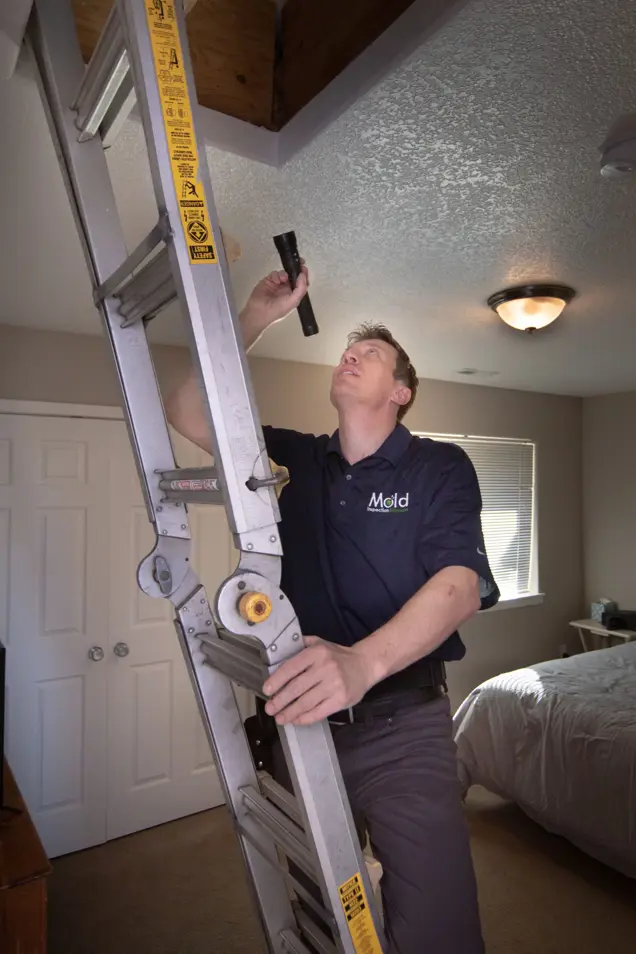
The Bottom Line on Structural Mold Damage
Mold's ability to compromise your home's structural integrity represents one of the most serious and expensive consequences of moisture problems. Unlike cosmetic mold issues that affect only surface materials, structural mold damage poses a threat to the fundamental safety and stability of your property.
The key to protecting your home lies in early detection and professional intervention. What begins as a minor moisture problem can evolve into a dangerous and expensive structural crisis if mold is allowed to attack load-bearing components. Professional assessment provides the expertise necessary to identify issues before they compromise your home's stability and safety.
At Mold Inspection Sciences Texas, we recognize the crucial connection between moisture, mold, and the structural integrity of buildings. Our licensed inspectors use advanced technology and extensive training to identify structural mold risks before they become dangerous. We provide the detailed assessment and documentation necessary to help protect both your property and your investment.
Remember: Your home's structural integrity isn't something to gamble with. When it comes to mold that may be affecting your building's framework, professional expertise isn't just recommended—it's essential for your safety.
If you're concerned about potential structural mold issues in your home, don't hesitate to contact our specialists. Call us at 1.888.335.6653 today. Your home's structural integrity is too important to leave to chance.

If you suspect that there may be mold present in your home — or you have questions about what to look for and what comes next. We’re here to help.
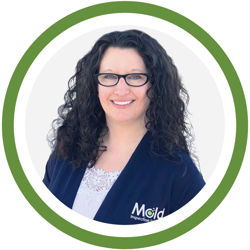
Call us on 1.888.335.6653 or send us email at [email protected]
You can also find more information about our CIRS Protocol and qPCR testing here.

